|
Vidas: Let’s start Episode 69 of #AskVidasAndAusra podcast now. And today’s question was sent by Matt, and Matt has a problem with pedal accuracy, especially across different pedalboards--flat or curved. So, adjusting to different pedalboards, Ausra--was that ever a problem for you?
Ausra: Yes, it was a problem. Vidas: So I guess this is a problem for a majority of organists, I would say. Ausra: I guess so, yes. Vidas: For me, too, I think, when I was a student...whenever I discovered a new organ, pedal playing would suffer. At first, right? I would require maybe a few days, at least, to adjust to a different pedalboard. How about you, Ausra? How many days did you have to have, at the beginning, to feel comfortable with the pedals? Ausra: Well...many days! Vidas: Three, four, five? Ausra: Yes, something like that. Vidas: Mhmm. So of course, when you’re a beginner, it’s very natural to suffer with pedal playing and adjusting to different pedals. But, what can we suggest to facilitate this progress? Obviously, Ausra, play more instruments, right? Ausra: Yes. And do more of coordination exercises. Vidas: What do you mean, coordination? Ausra: Well, play trio sonatas! Vidas: Trio sonatas. What if a person has a very weak pedal technique? Maybe not well-developed. Do you think trio sonatas will be too difficult? Ausra: Well, yes, if it’s just a beginner; but still at some point you will have to play trio sonatas. Vidas: Maybe you could say trio texture, not sonata. Ausra: Yes, that’s true. Vidas: Maybe three voices--take three voices in your piece. Or how about hymns? Would that be helpful to develop hands and feet coordination, at first? Ausra: Yes! Vidas: At the basic level. Ausra: Yes, definitely! It’s very hard, for example, to play pedal part in the pedals- bass line--and to play in left hand only the tenor voice. It always gives trouble for people, because it’s so hard to coordinate. If you can play it, then definitely you can play trio texture too. Vidas: A simple trio. Because what happens in hymns is that most of the time, voices move in quarter notes, or in general, equal note values. In trio sonatas, you have all kinds of note values, so that’s like the top level of advancement with hands and feet coordination. But you start, as Ausra says, simply. Ausra: Yes. Vidas: Simply, with a simple technique. Like a hymn. Ausra: Yes. And while adjusting to the pedal, it would be very nice that you would not exercise always on the same instrument. If you have a possibility, switch between them. Practice one day on a flat pedalboard, and another day on a curved pedalboard, if it’s possible. That way it will be easier for you to adjust to a new organ and to a new pedalboard. Vidas: Organists are different. Organist profession (and organ playing) is different from piano playing, right? Because pianos are quite similar everywhere. Ausra: Well, if you would ask a pianist, he or she would definitely not agree with you! Vidas: Of course. But they haven’t seen the huge variety of organs! So pianos are relatively similar, right? Ausra: Well, yes...in our eyes, yes! Vidas: Yes, in our eyes. But every organ is unique. Every organ...Maybe there are two identical organs, but they are positioned in a different space, and that’s already different, right? A different feeling. For example--Ausra, let’s take this 1776 Casparini organ inside the Holy Ghost Church here in Vilnius-- Ausra: Yes. Vidas: ...and recently, in Rochester, New York, they built a replica of this instrument in Christ Church. Which means they have a complete, functioning, new instrument built in the style of Casparini--like exact or a very similar instrument to that of Holy Ghost. Do you think, Ausra, that it’s exactly the same as Holy Ghost? Ausra: Definitely not-- Vidas: No? Ausra: --because the space is so different. Vidas: Because the organ is new, as well. Ausra: Yes. Holy Ghost Church in Vilnius has much larger acoustics. Vidas: And the organ is newly built, so all the parts are, sort of, functioning differently from the original Baroque period that we have in Vilnius. Ausra: And I think it has different tuning, too. Vidas: So far, yes, because the temperament problem has not been solved yet, here in Vilnius. So yes, it’s different, although the two instruments are supposed to be almost the same. So don’t despair when you encounter different organs and you feel like you make a lot of mistakes with your feet, right? It’s just a matter of getting as many organs under your belt as possible. Ausra: Yes, it will get easier, in time. Vidas: How many instruments do you have to visit and try, Ausra, first, to break to the next level--to get to the next stage? Ausra: Probably ten. Vidas: And every tenth instrument will feel like a small breakthrough, right? Ausra: Yes. Vidas: I think that’s a very valid approach for people. Okay, we hope this was useful to you guys. Please send us more of your questions. And you can do that by subscribing to our blog at www.organduo.lt if you haven’t done so already, and replying to our messages. That would be the easiest way to send us your questions. We love helping you grow as an organist. Okay guys, this was Vidas! Ausra: And Ausra! Vidas: And remember, when you practice… Ausra: Miracles happen.
Comments
By Ausra Motuzaite-Pinkeviciene (get free updates of new posts here)
When you first start to play the organ, your teacher usually assigns a few exercises a day for manuals and pedals only, maybe some very easy pieces to learn too. The exercises for the pedals usually involve one or two pedal notes at first. Maybe a tonic or dominant pedal tone - a sustained pedal note held over a number of measures. After a few weeks, you would get to play a couple of more notes and so on until at the end of the first year maybe you would get to play Bach's Pedal Exercitium or something like that. Is this the only way improve your pedal technique when you're a beginner? I would say, no. I would say pedal scales and arpeggios are very effective in the long run. Sure, they will require some perseverance and stamina. But in reality they will give you the technical boost in much shorter period of time. Not everyone can do it, of course. A lot of people will get scared and will drop their practice efforts after a week or so. But those who persevere will win. Do not use much force.
Imagine you're hitting mezzo piano. That's all you need. Be gentle. Do not lift your feet off the pedalboard. Slide from key to key. Play with the inside of your foot. Keep your knees pointed inward. Always turn your knees to face the feet in order not to hurt yourself. Play scales and arpeggios. Do not look at the pedals. Face the score. Repeat. A lot. Then your pedal technique will become very powerful but to the listeners it will seem you are barely working. Hope this helps. Written and drawn by Vidas, colored by Ausra (get free updates of new posts here) If you're reading this on a phone, please click "Show images". The following advice is based on an actual lesson for a beginning organ student I taught about 6 weeks ago. During the lesson he played for me the pedal line of my setting from Bach's Jesu, Joy of Man's Desiring. I tried to correct his pedal technique. Later in the day, I took some notes in my schetch-book and started to add some drawings. Today Ausra colored them with pastel. We want to share with you this comic now. Hope you will find it helpful. Keep reading and practicing. Play pedals with your big toe. In Baroque music don't play completely legato, unless composer wanted it. When playing solo pedals, keep your hands on your knees. Keep your feet close to sharps. Avoid foot-crossing. Instead keep the knees together and the heels together as well. To automate pedal playing, use pedal preparation. When you play with toes, don't lift your heels off the pedals. Don't use excess force - play mezzo piano. Don't look down at the pedals. Stay in touch with the pedals at all times. Slide from key to key. Practice pedal lines super slowly. Aim for at least 3 correct repetitions in a row. Work in small fragments. If you like dancing, you'll love pedal playing. It's not that hard. Besides, your legs are like the 3rd hand. If you want to improve your pedal playing technique, keep the above points in mind when you practice.
My organist friend doesn't like heels. He always pounds the pedals with his toes. Whatever the style of music, his technique is exactly the same - always staccato in the bass. Why does he play like this, you might ask? I guess somebody at the early start didn't do the job of earning his trust of convincing him to use correct technique. Or perhaps he was taught correctly but the daily routine of church playing crept in and he didn't find enough courage to think harder about the choices of pedaling he had to make. Is there a hope for this student to make a transition into a better technique? Not until he feels that the pain required to change his current technique is lesser than the benefits associated with the results this change will provide. Ausra's Harmony Exercise: Transposing Sequence in Eb Major: I-iii-IV-V I once observed a student play the organ: His head was down all the time - it was evident he had to look at the pedals constantly. Was he afraid to pound the wrong note? Was he unfamiliar with the instrument? I think he formed a habit gradually by practicing this way day in and day out. Can you form a new habit? Can you resist the temptation to look down? For starters try implementing pedal preparation technique as often as you can. This is one of the keys to perfect pedal technique. Have you seen an organist who uses her left foot only for playing pedals? Her right foot safely rests on the swell pedal. I have an organist friend who has this habit. Often they develop rather substantial virtuosity of the active foot but the other simply atrophies. The other day I asked my friend, "Why do you play like this?" To this she replied, "I don't know how to use both feet. The pedaling becomes very complicated and now it's either toe or heel of the left foot. Toe on the sharps and heel on the others." "You're right", said I, "But think how much more complex music could you play with both feet? Your technique and range would double at least." Ausra's Harmony Exercise: Diatonic Sequence in Bb Major: I-I7-IV For most people who try to learn to play the organ, pedal playing present some common difficulties, like coordinating hands and feet, playing fast notes etc. But sometimes there are highly specific situations that you don't see in every person or on every organ. In fact, I'm quite sure some people might never experience them altogether. Below is the list of 7 uncommon problems in organ pedal playing.
1. Delayed sound. I have played a few organs which have a curious feature - when you depress the pedals, the sound appears a moment later, even later than those on the manuals. This is due to the fact that either the pedal action is different or the tallest pipes need more time to speak. Solution: Depress the pedals and release them a moment earlier than the manual parts. 2. Distances in different style pedalboards. It's easy to miss the notes on the pedals when you are used to one style of pedalboard (radial, flat etc.) and you suddenly have to play an instrument with a different pedalboard. Solution: Play as many different instruments as possible. This experience will help you adjust to the new pedalboard much faster. 3. Bench in historical organs too high. In this situation, you can barely touch the pedals (especially for shorter people). Solution: Play with your toes only and take a slower tempo. 4. Bench in historical organs too low. When the bench is too low and you can't change it's position, pedal playing requires a lot more muscle work. Solution: Add additional wooden blocks or hymnals under either side of the bench. 5. Pedalboard too deep. When the organ has several manuals, sometimes reaching for the top manual and playing on the pedals is very uncomfortable - pedals seem too far away. And you can't move the bench closer because you will touch the lowest manual. Solution: Don't play the most difficult parts of your piece on the top manual. If you do - slide forward to the edge of the bench. 6. Short octave in pedalboard. Some Baroque organs have an incomplete octave in the bass lacking the lowest accidentals. This layout makes it very easy to play the wrong notes by accident. Solution: Find out the layout of the bottom octave ahead of time and pretend you have the same situation on your organ. Mark those notes on the score and practice them in advance. 7. Additional subsemitones in pedalboard. Similarly to the problem No. 6, some historical organs have additional keys for D#/Eb and/or G#/Ab (even in the pedals). This situation makes it quite strange to play chromatic music. Solution: Same as No. 6. Think about the above unusual problems and if you have the privilege to play such organs, you might avoid those pitfalls, if you prepare in advance in your mind. 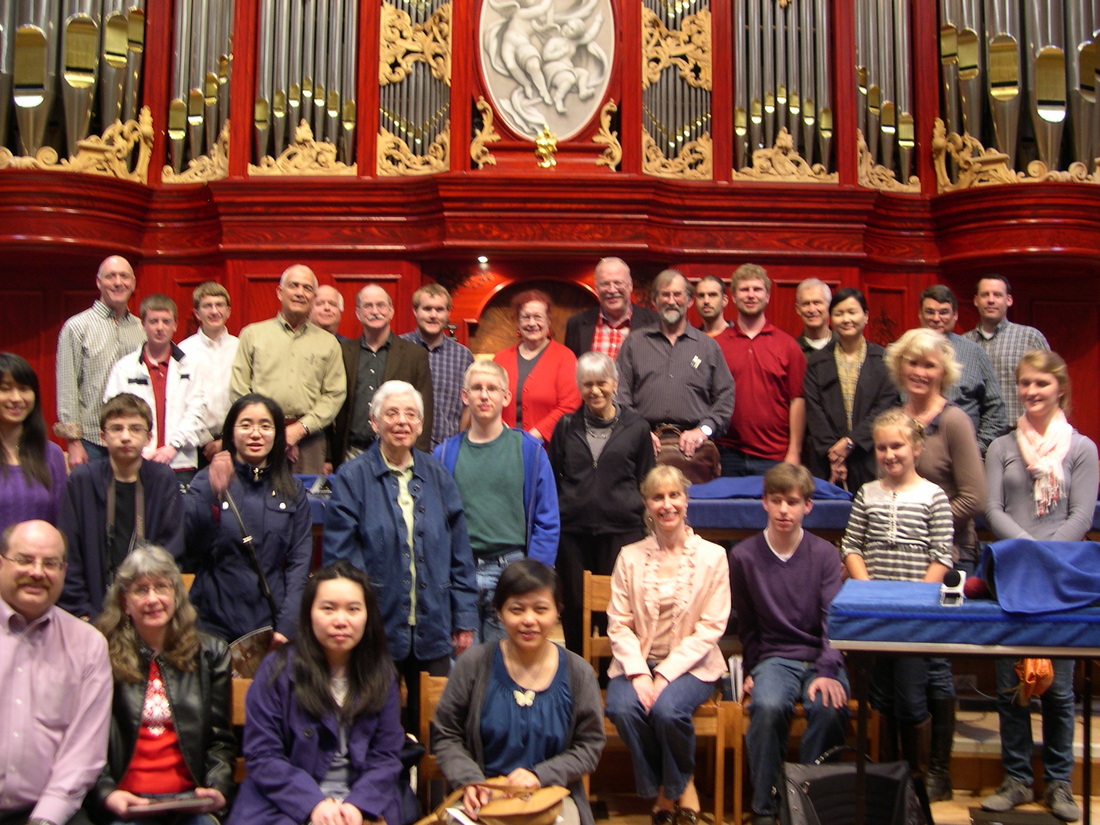 Ed Ackermann: Photo of members of Fort worth Chapter of the American Guild of Organists, March 15, 2014, in front of the grand Richards, Fowkes & Company (located in Tennessee, USA) organ at Church of Transfiguration (Episcopal) Church in Dallas, Texas, USA. As part of our individual practice sessions, I organized an organ crawl to several large tracker organs in Dallas for our Fort Worth members to play and experience the difference in playing a score on a tracker rather than the non-tracker pipe organs that are abundant in Fort Worth. Most had never played a tracker and were amazed at the difference in various aspects of playing a score. Pedal trills are quite difficult to execute with one foot - the ankle tenses and the motion becomes jerky. Master French organist and composer Marcel Dupre is known to have said that the secret of the perfect pedal technique is the flexibility of an ankle. This remark is also valid for the trills on the pedals.
So how do you develop this flexibility? Of course, practicing pedal scales and arpeggios in all keys over one and two octaves. Also today's exercise in sight-reading will help you do that. That's Etude No. 1 from 12 Etudes for Solo Pedals (ca. 1865) by the Romantic French composer Charles-Valentine Alkan (1813-1888). Besides the trills, in this etude you will find ascending and descending arpeggio figures. For the sake of safety, please wear organ shoes with heels while playing it. Take an extremely slow tempo and aim for the nice legato touch. Don't forget to change position in extreme edges of the pedal board by pushing off the opposite foot. Curiously, the pedal part in the fourth line descends to low B. On modern organs, play measures 2 and 3 of this line one octave higher. I have received this question from Trevor yesterday and after replying to him personally I thought that perhaps some of my other subscribers have a similar situation.
The thing is that this particular organ that Trevor is getting ready to play for a wedding soon in a church where organ's pedalboard (which is unusually short) is not lined up with the manuals in the traditional way. This means that when he plays what supposed to be a tenor C he finds himself playing an A (a minor third below). Trevor compares this feeling with mixing the pedals while driving a car. He rightly points out that "it's rather like finding you have your feet on the clutch and brake instead of brake and accelerator. It's very disconcerting and makes me feel rather incompetent." Perhaps your organ also has the keyboards moved a little bit to the left? What to do in this situation? How about centering yourself around the pedalboard instead of the keyboard? In other words, disregard the manuals and sit where the C is in the pedals. Of course, then you would have to adjust to the manuals but I guess this is easier simply because usually the fingers have a better contact with the keyboards and you could look down to see exactly what you play. It's not an ideal situation but at least a temporary solution. Either way, if it's just one time playing, maybe you can get through it. But of course over time it would not be a nice experience for your body. With time, though, your body will adjust much more but the side effect of this is that you will have a more difficult time adjusting to the normal centered pedalboard. By the way, the same can be said about the pedalboards which have very narrow or very wide keys (or organs with different stop layouts). These differences in organ design are something that we all must face when playing historical, unfamiliar and strange organs. Another advice would be this - get acquainted with as many different organs as possible. The more diversified your experience is, the faster you will adjust. Part of the beauty of the organ world is of course that most of them are very different and unique. Do you have any experience with playing not centered pedalboards? If so, please share your ideas of how you adapted in the comments below because they might be helpful to others as well. |
DON'T MISS A THING! FREE UPDATES BY EMAIL.Thank you!You have successfully joined our subscriber list. 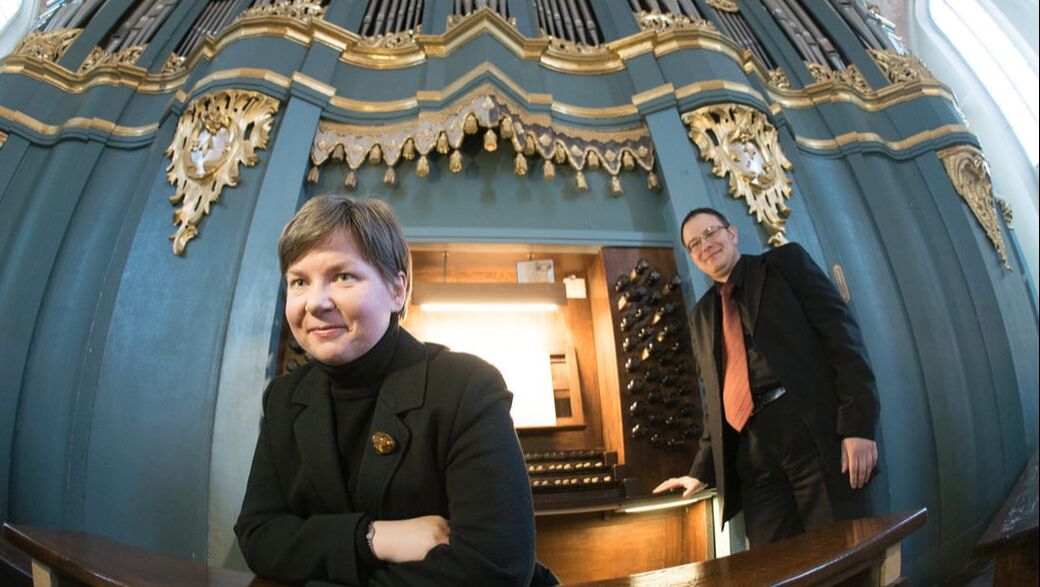 Photo by Edgaras Kurauskas Photo by Edgaras Kurauskas
Authors
Drs. Vidas Pinkevicius and Ausra Motuzaite-Pinkeviciene Organists of Vilnius University , creators of Secrets of Organ Playing. Our Hauptwerk Setup:
Categories
All
Archives
July 2024
|
This site participates in the Amazon, Thomann and other affiliate programs, the proceeds of which keep it free for anyone to read.
Copyright © 2011-2024 by Vidas Pinkevicius and Ausra Motuzaite-Pinkeviciene.
Terms of Service and Privacy Policy
Copyright © 2011-2024 by Vidas Pinkevicius and Ausra Motuzaite-Pinkeviciene.
Terms of Service and Privacy Policy

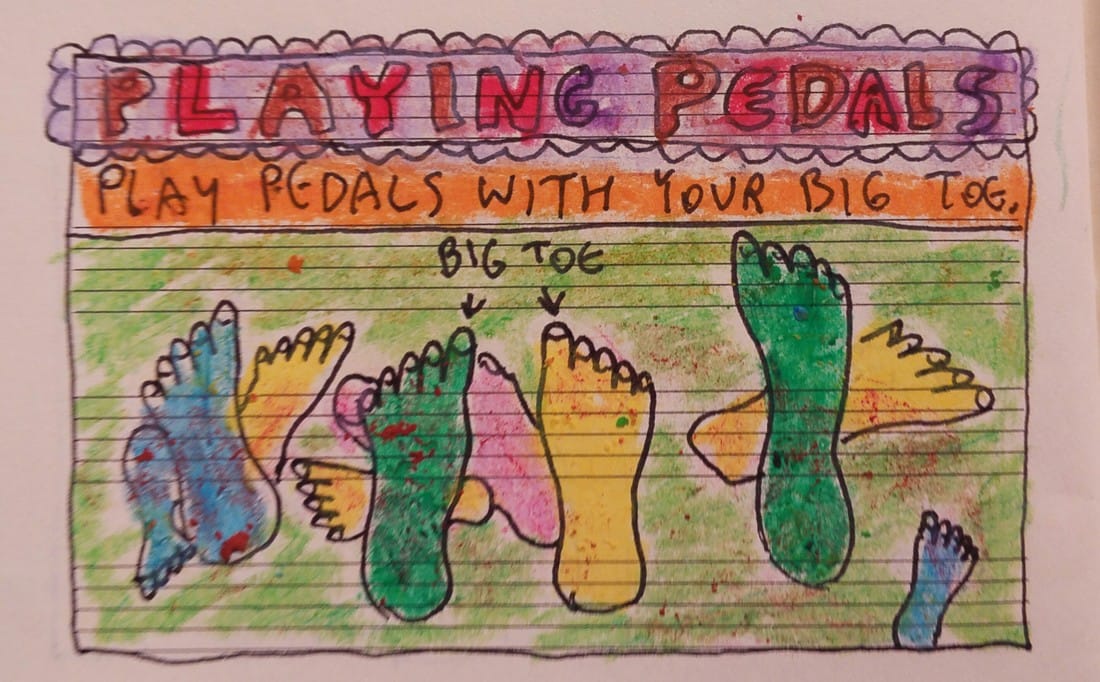
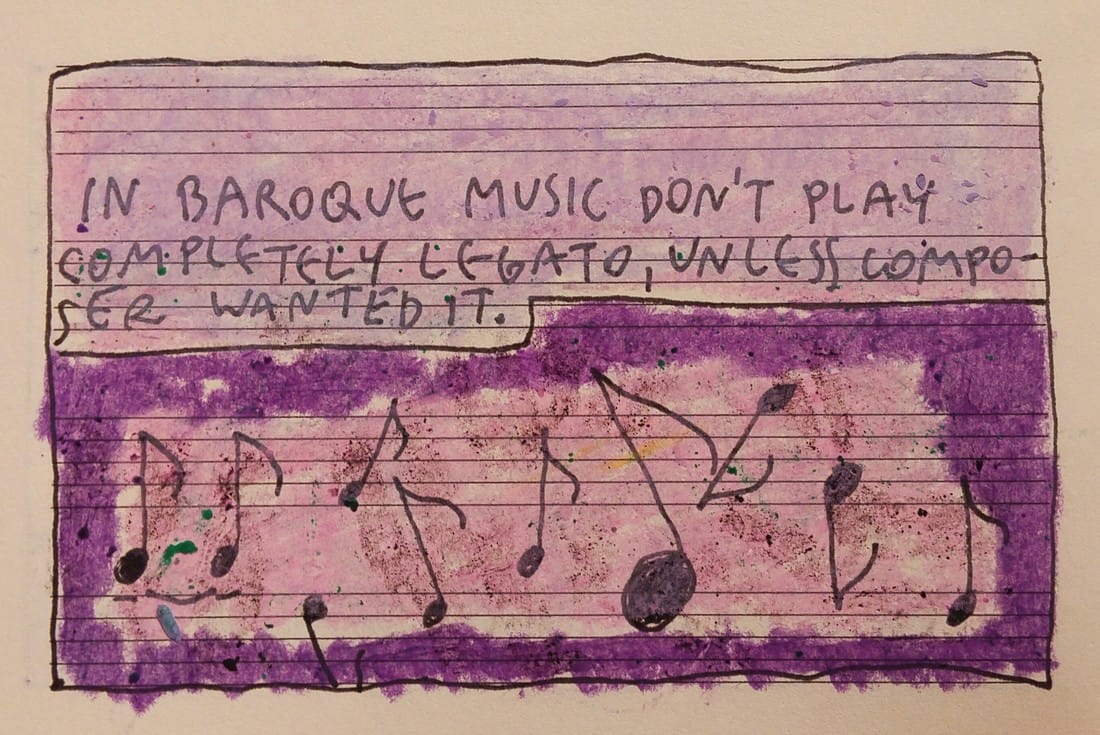
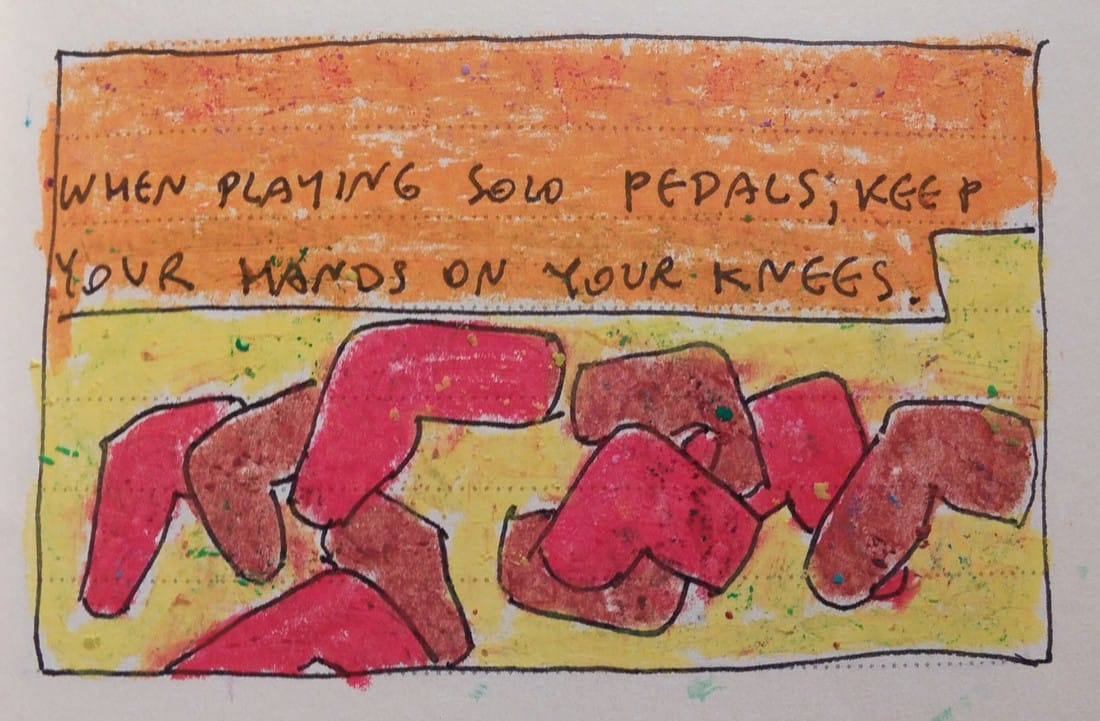
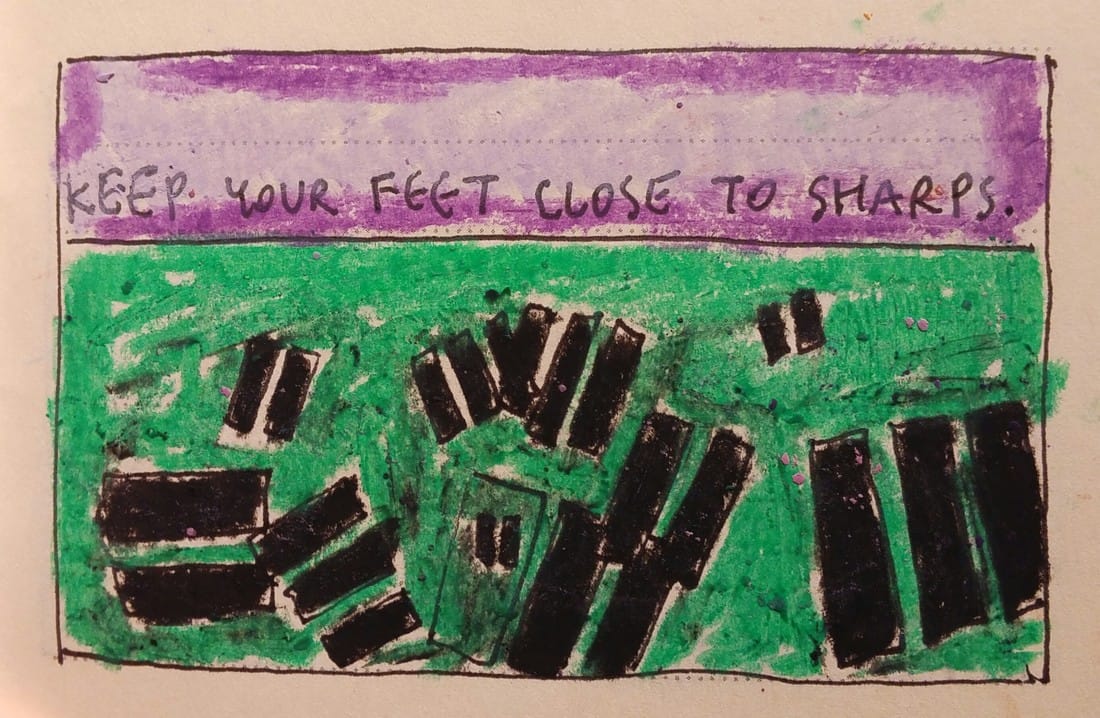
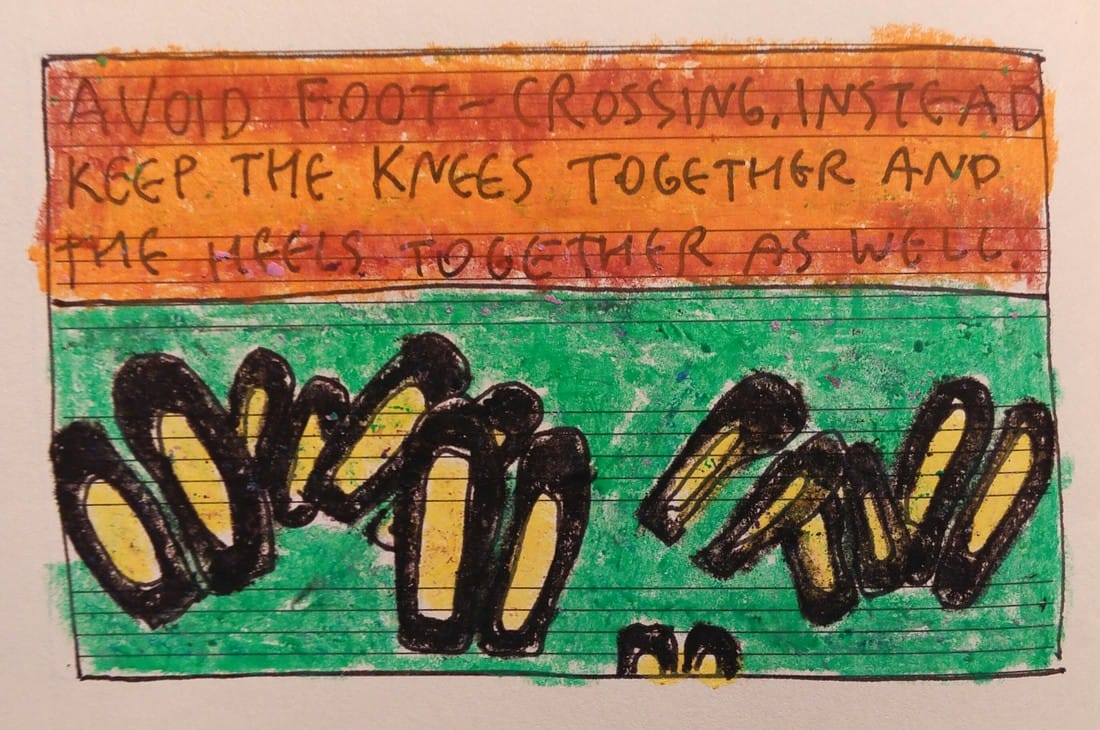
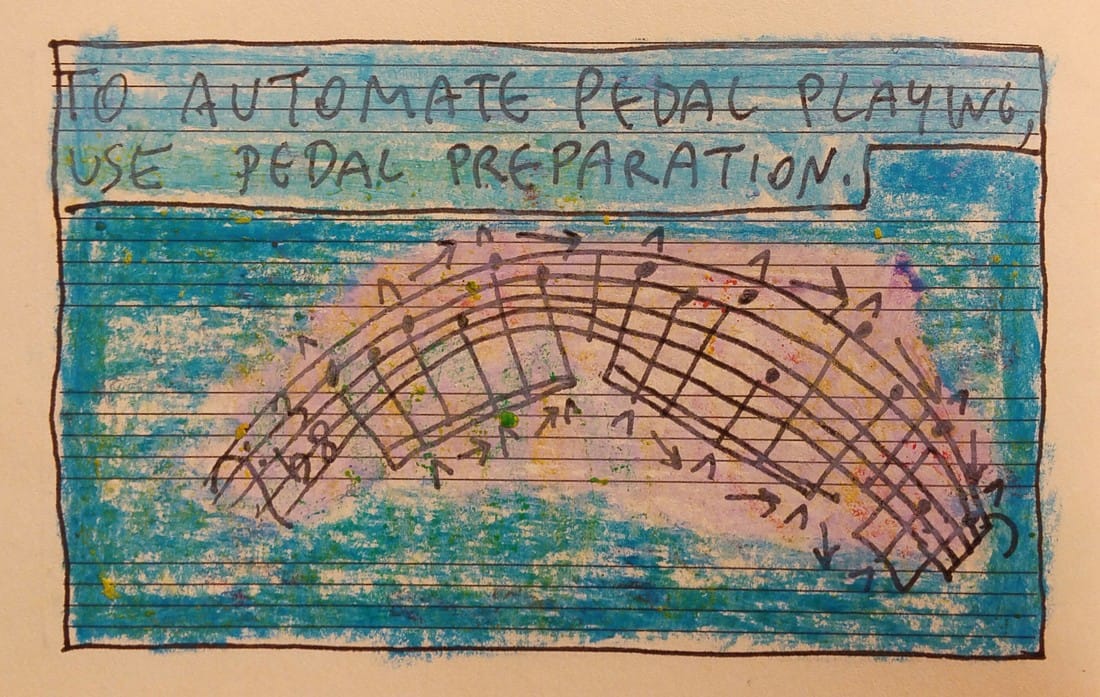
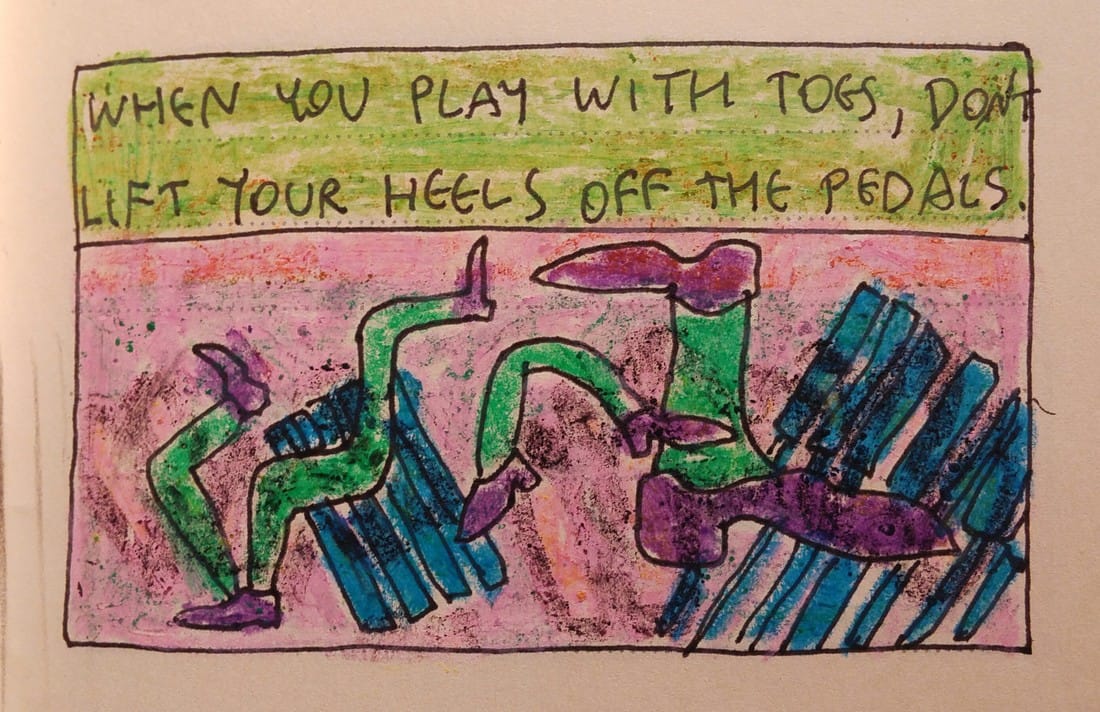
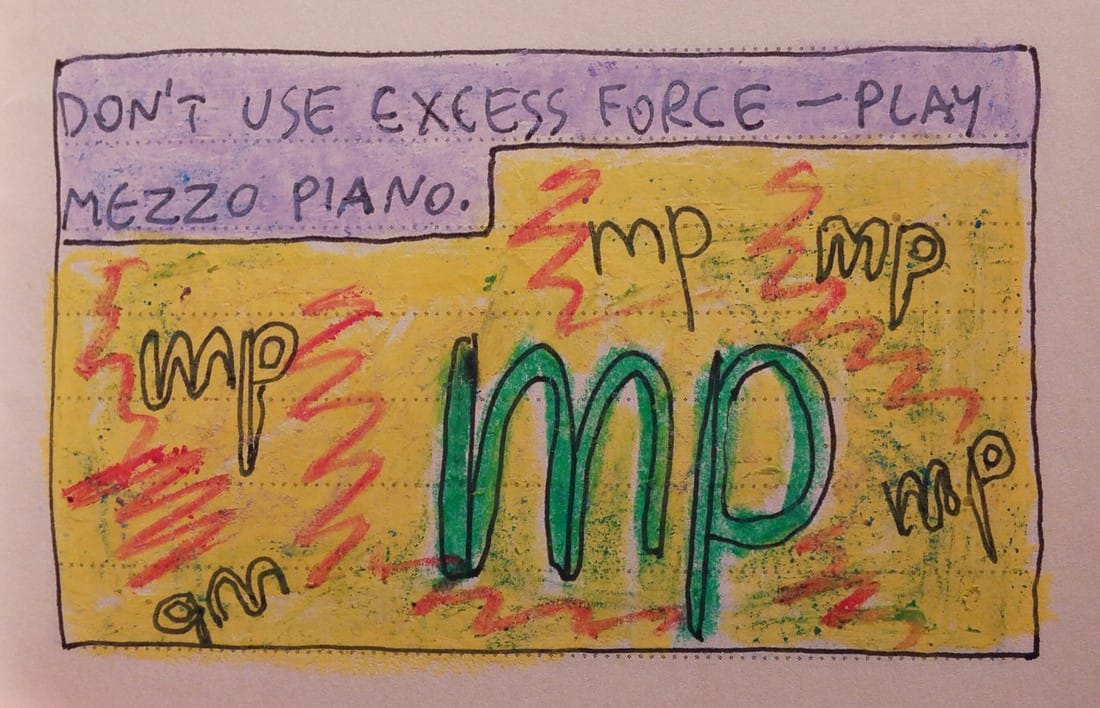
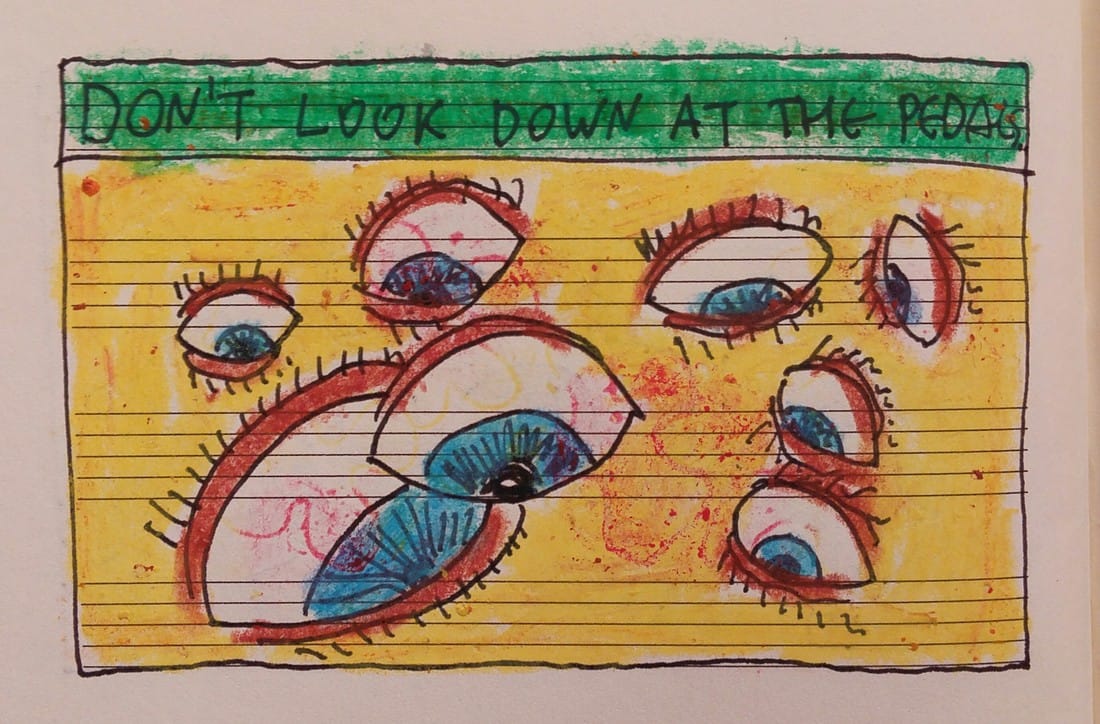
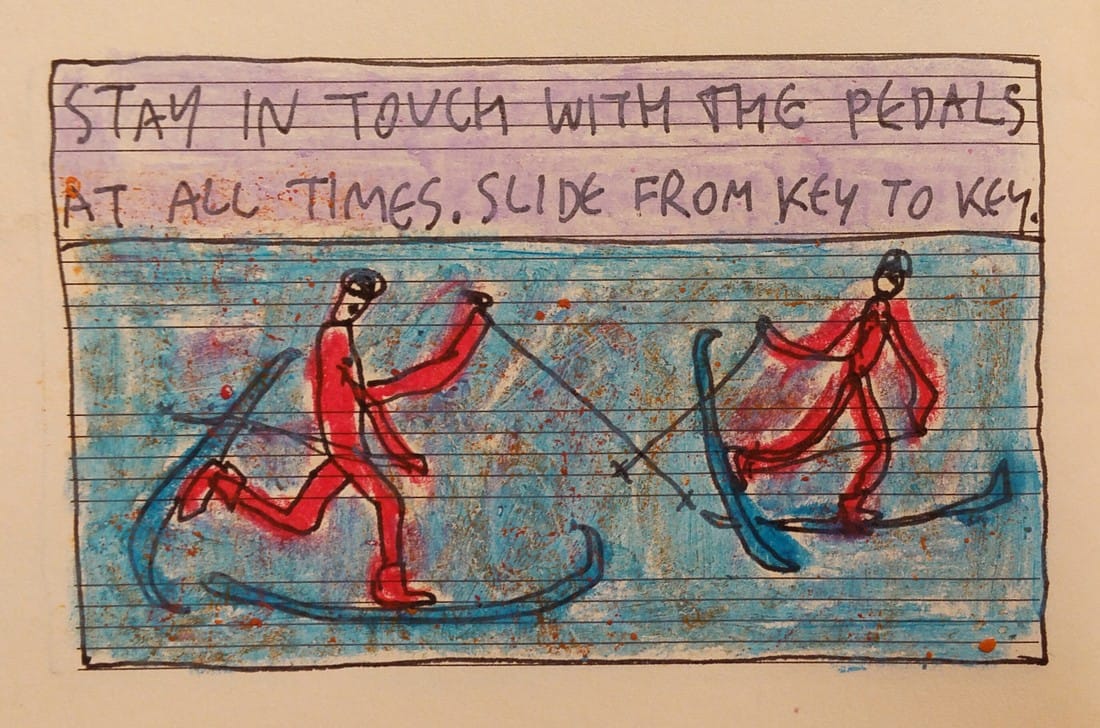
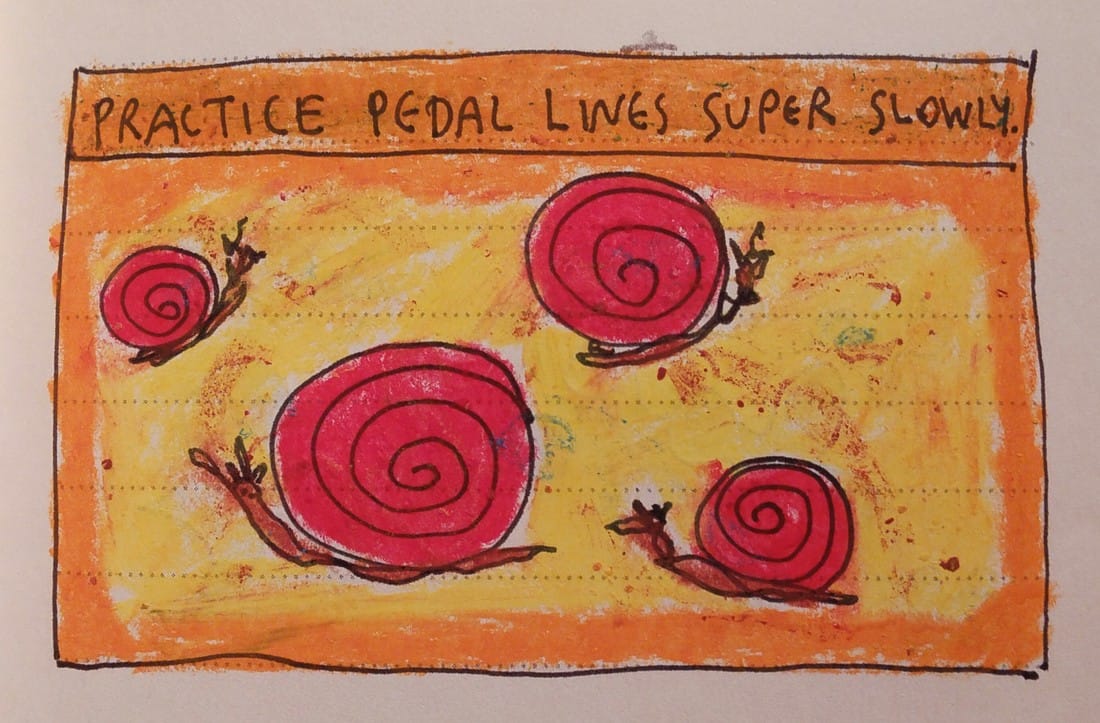
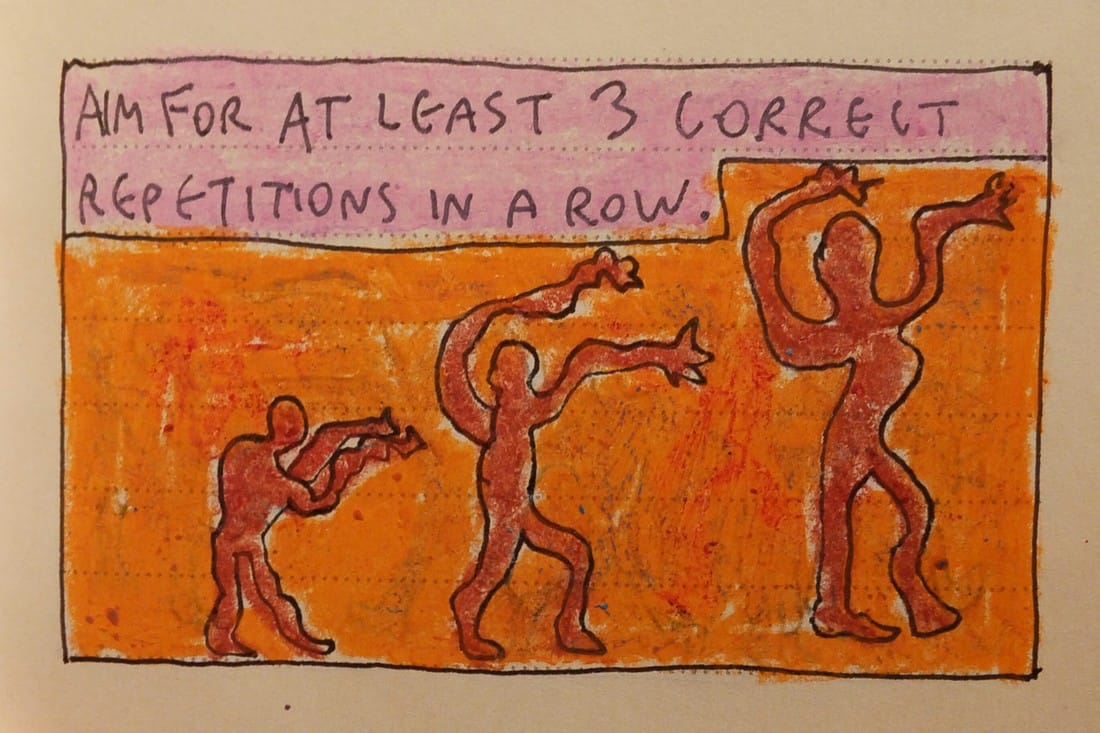
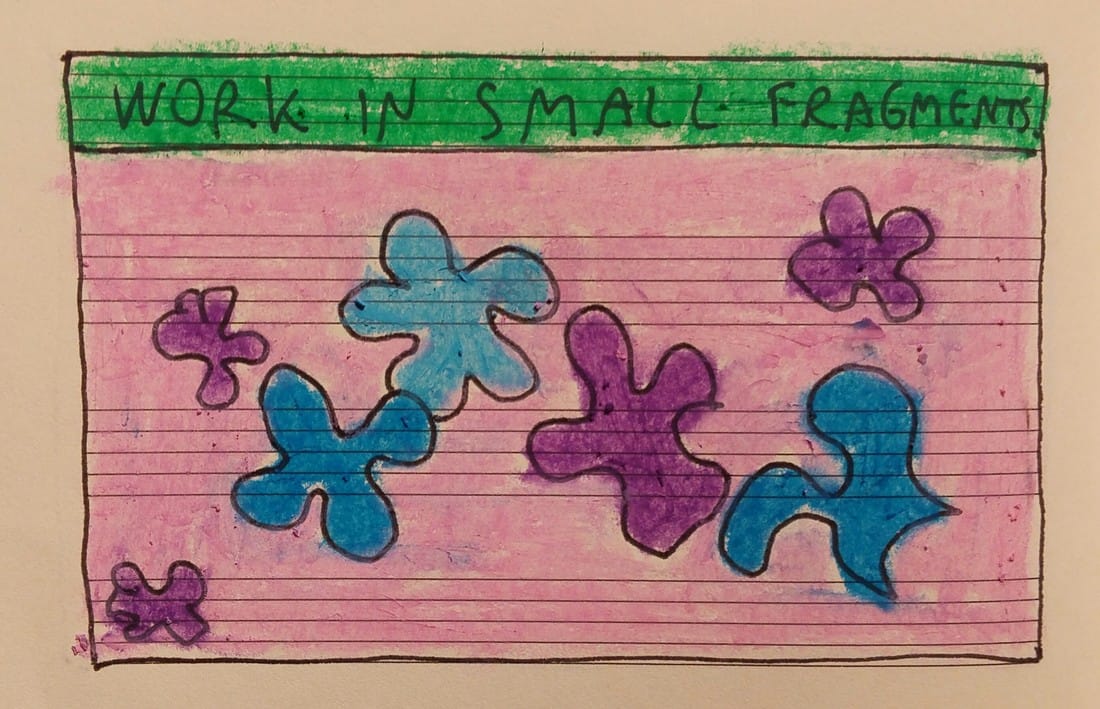
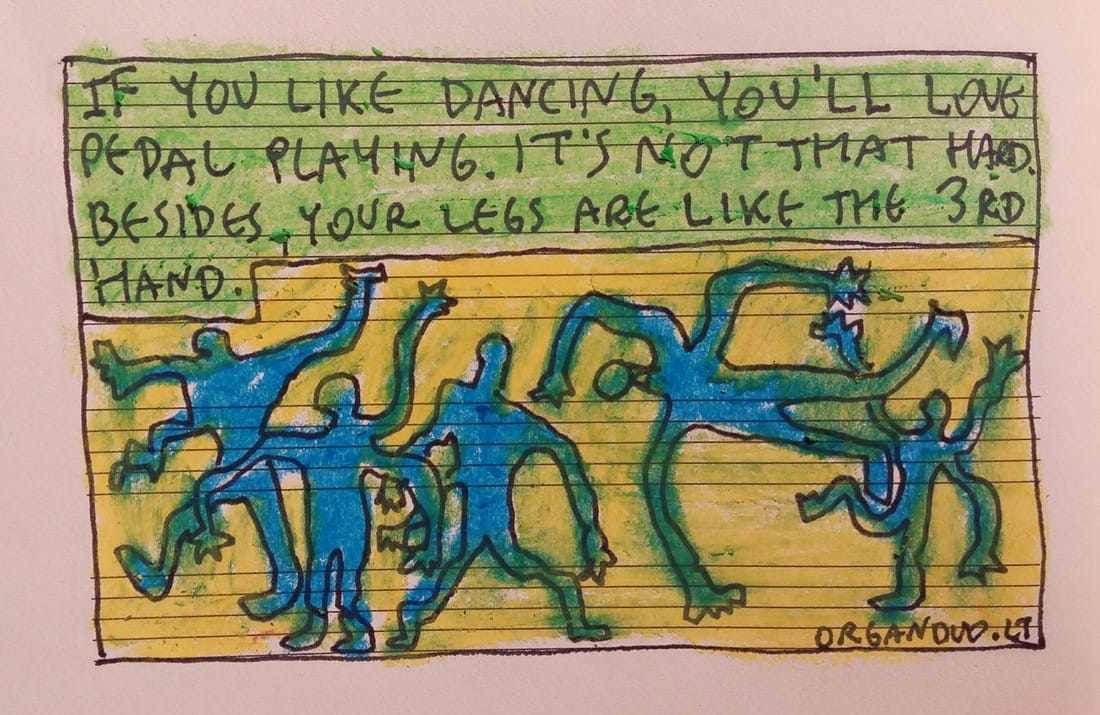
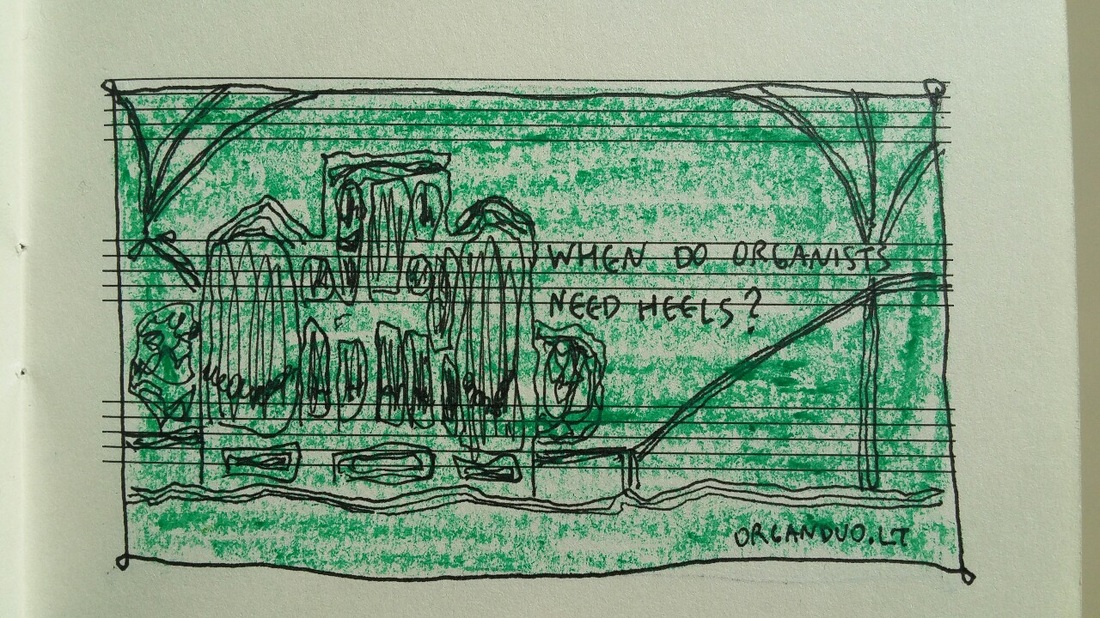
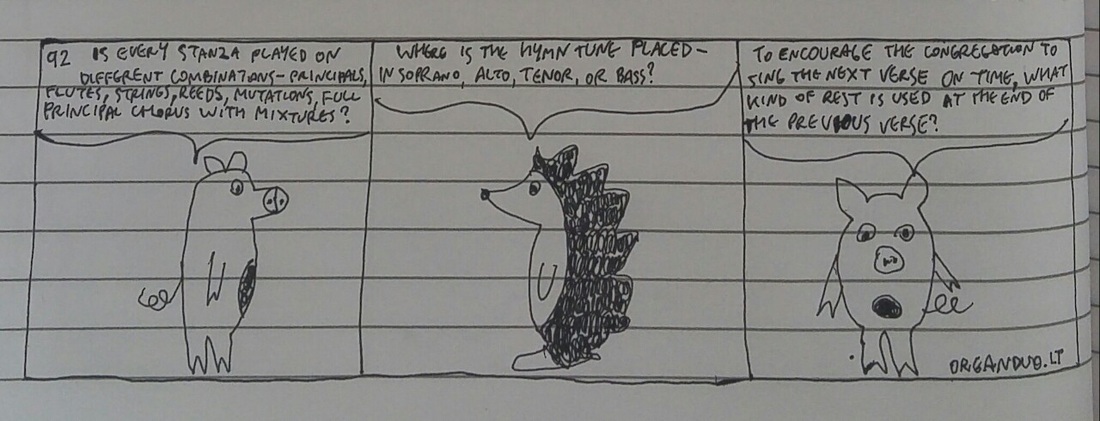
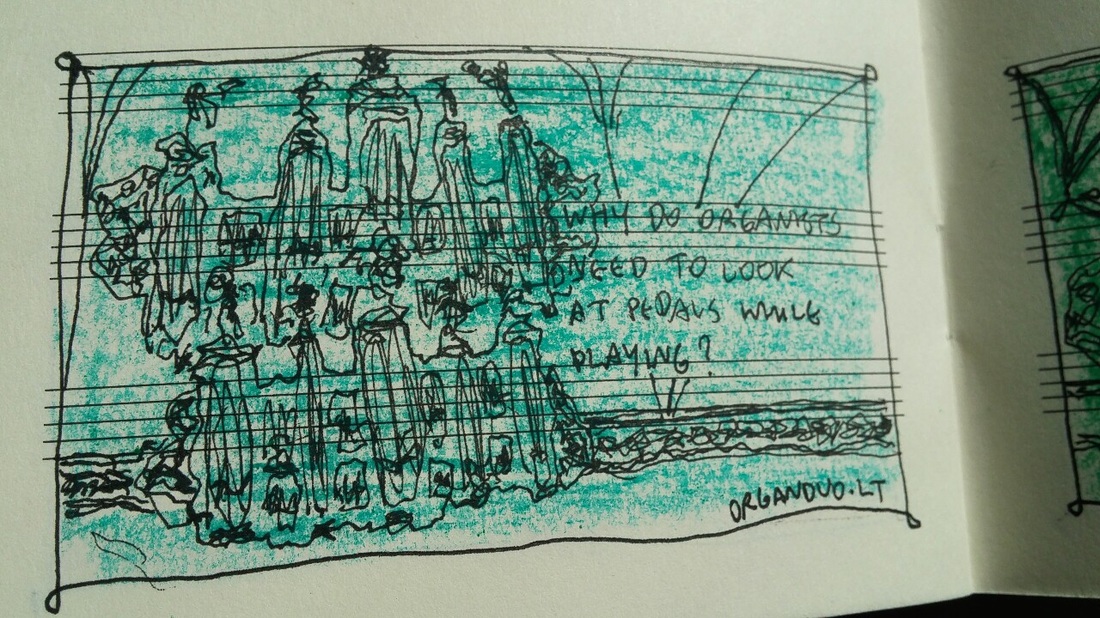
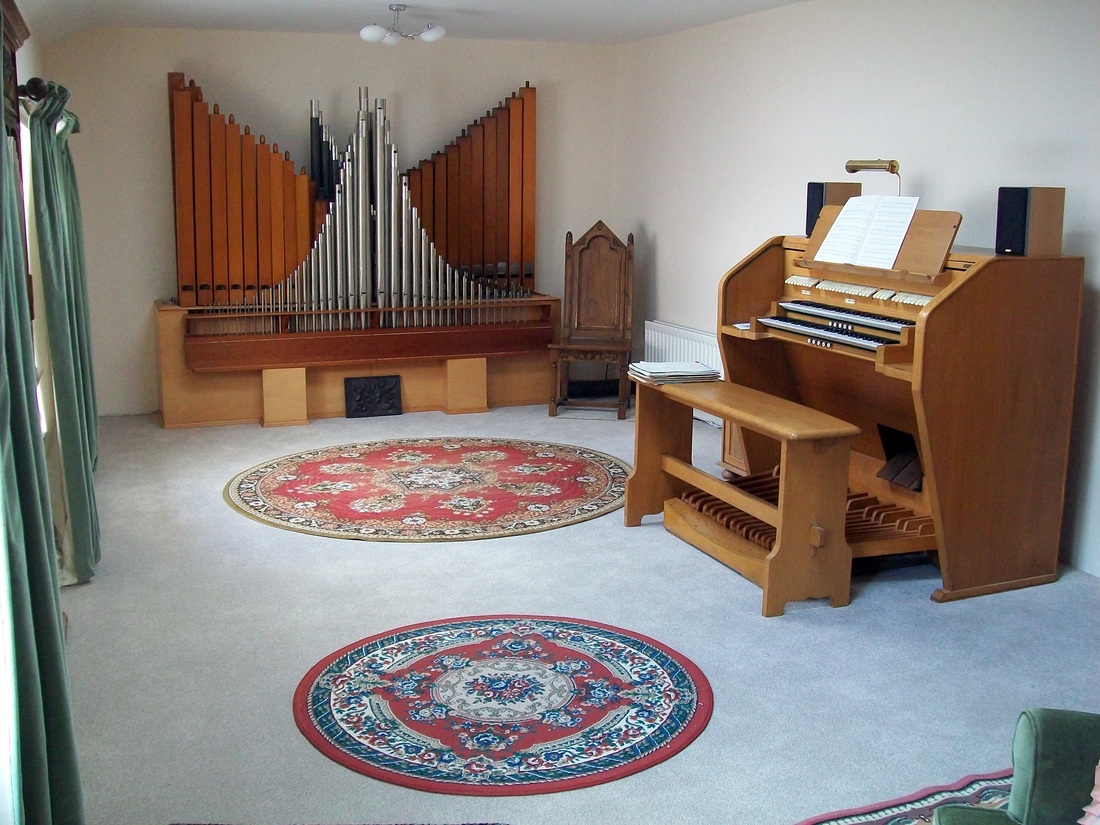
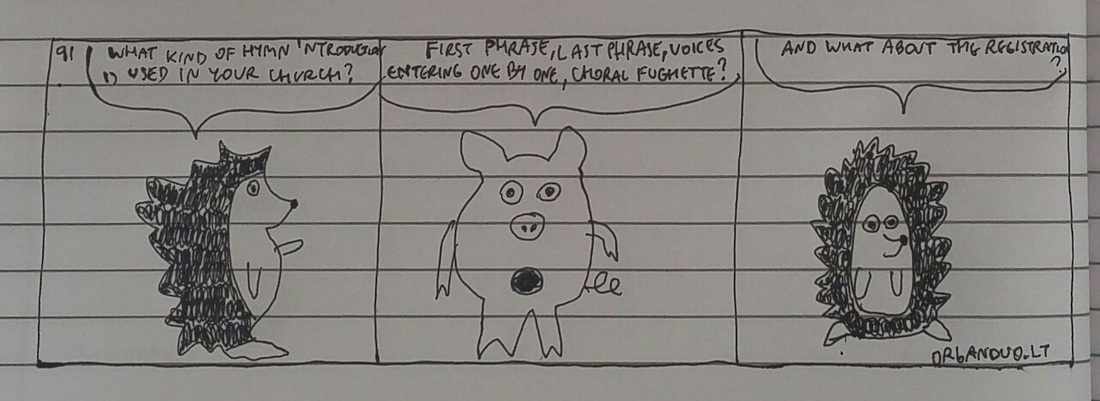
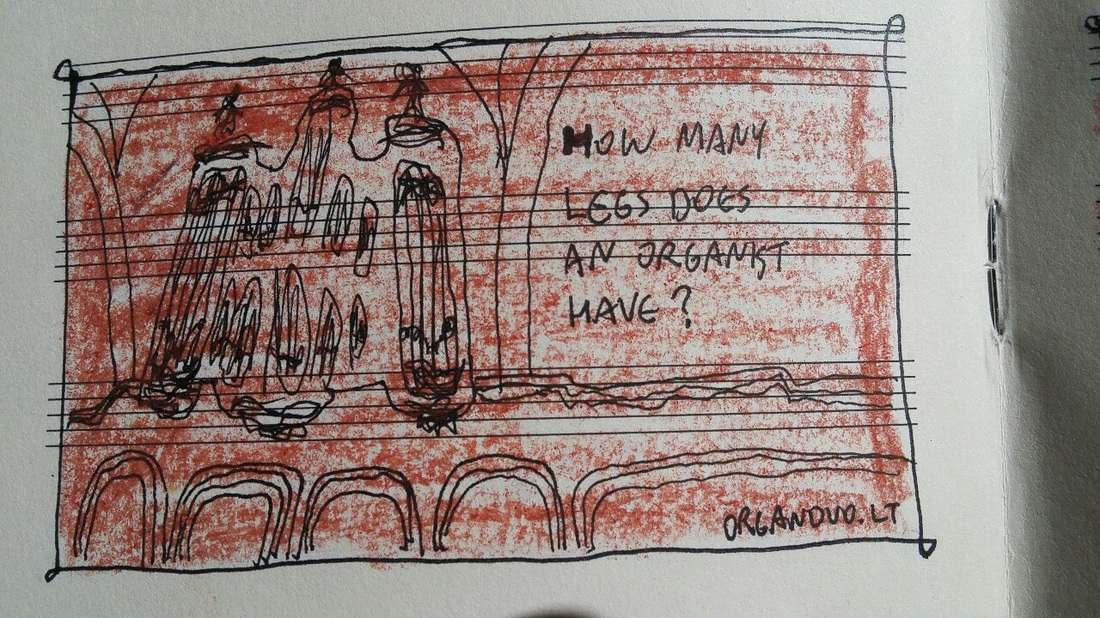




 RSS Feed
RSS Feed